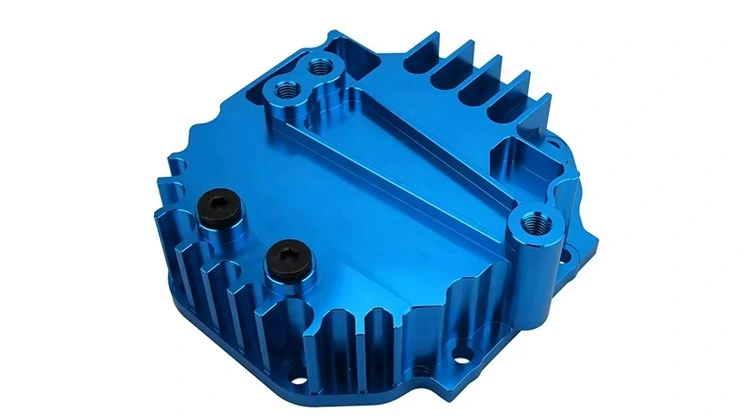Feb 11 , 2025
Low volume CNC machining (10–500 units) remains a cornerstone for prototyping and specialized manufacturing. As material science evolves, selecting the right substrate is key to balancing cost, performance, and sustainability. This guide explores traditional and emerging materials optimized for small-batch CNC projects, with insights tailored to 2025 industry trends.

Metals continue to dominate due to their durability and compatibility with CNC processes. Recent advancements have expanded options for niche applications.
Top Picks: 6061-T6 (general use), 7075 (high-strength aerospace)
2025 Trends:
Recycled aluminum (e.g., EN AW-5754) adoption rises for eco-conscious brands.
Hybrid machining integrates 3D-printed aluminum lattices with CNC finishing.
Low Volume Advantage: Faster machining reduces per-unit costs; minimal tool wear.
Optimized Grades:
304L: Improved weldability for food/pharma tooling.
17-4 PH: Precipitation-hardening steel for high-stress robotics parts.
Cost Tip: Laser-assisted CNC machining now cuts SS cycle times by 15%, ideal for batches under 200 units.
Beta Titanium Alloys (e.g., Ti-3Al-8V-6Cr-4Mo-4Zr):
20% lighter than Grade 5, used in EV battery enclosures.
Requires cryogenic machining for small batches to prevent work hardening.
New polymer blends address limitations in heat resistance and mechanical stability.
PEEK-CF30 (30% Carbon Fiber):
Replaces metal in UAV components; 40% faster machining vs. virgin PEEK.
PEI (Ultem) 1010:
FDA-compliant, sterilizable for medical device housings.
PA 6/10 (Castor Oil-Based Nylon):
60% reduced carbon footprint; ideal for consumer electronics casings.
Requires dry machining to prevent moisture-induced warping.
2025 sees growth in multi-material CNC strategies for functional parts.
Ceramic-Matrix Composites (CMCs):
Withstand 1,400°C; used in hypersonic drone nozzles.
Diamond-coated end mills recommended for <50-unit batches.
Shape-Memory Alloys (NiTiNOL):
Post-machining heat treatment activates self-adjusting features.
Optimize small batches using this decision matrix:
| Factor | Priority for Low Volume | Example |
|---|---|---|
| Raw Material Cost | Moderate (focus on machining efficiency) | Titanium > Aluminum |
| Machinability | High (reduce cycle time) | 6061 Al vs. 304 SS |
| Post-Processing | Minimize (cost multiplier) | Anodizing Al vs. painting PEEK |
| Regulatory | Industry-specific (e.g., ISO 13485) | Medical-grade PEI |
AI-Driven Machinability Prediction: Tools like MaterialXpert™ forecast optimal feeds/speeds for rare alloys in small batches.
On-Demand Material Sourcing: Platforms like Xometry Pro now deliver certified metals/plastics in 48hrs, slashing lead times.
Circular Manufacturing: 72% of EU low-volume CNC shops now mandate recycled material options (Q4 2024 data).
From recyclable aluminum to self-healing composites, material innovation is reshaping low volume CNC machining. Prioritize vendors offering digital twin simulations to test machinability before production, ensuring cost-effective outcomes for your small-batch projects.